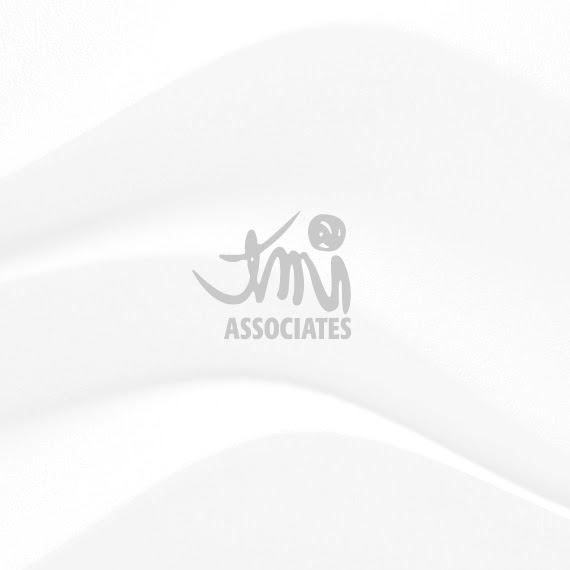ブログ
Building Designs and Interior Designs under the Revised Act [ Japan Trademark & Design Update]
2023.03.30
Introduction
Almost three years have now passed since the revised Design Act (the “Revised Act”) came into effect, and many applications for buildings and interior designs newly protected by the Revised Act have been registered. In this article, we will elaborate on the difference between building designs and interior designs under the Revised Act and which method of protection should be chosen to best protect the design of a building interior.
Number of Applications and Registrations for Building Designs and Interior Designs
The Japan Patent Office (“JPO”) constantly updates the statistics on the number of design applications and registrations filed under the Revised Act, which shows that the number of applications for building and interior are increasing as follows:

(Source: https://www.jpo.go.jp/system/design/gaiyo/seidogaiyo/document/isyou_kaisei_2019/shutsugan-jokyo.pdf)
The statistics show that more design applications for building designs are filed than those for interior designs. However, the ratio of registrations is higher for building designs than for interior designs.
Difference between Building Designs and Interior Designs under the Revised Act
The Japanese Design Act stipulates protectable “design” under Article 2 (1).
In the Revised Act, buildings became protectable by redefining Article 2 (1) as “the shape, patterns, or colors, or any combination thereof, of an article… the shape, etc. of a building…which creates an aesthetic impression through the eye.”
On the other hand, new protection for interior designs was provided by Article 8-2 stipulating “A design for articles, buildings or graphic images that constitute equipment and decorations inside a store, office and other facilities (hereinafter referred to as "interior") may be filed as one design and obtain a design registration if interior creates a coordinated aesthetic impression as a whole.”
Prior to the Revised Act, “design of a set of articles” consisting of multiple articles had been exceptionally protectable under Article 8. More specifically, Article 8 provides an exception for the one-application-for-one-design rule and allows a design for a set of two or more articles to be filed and registered if the set of articles has a sense of unity as a whole and meet certain conditions.
Article 8-2 in the Revised Act, also provides as an exception for the one-application-one-design rule, as interior designs are eligible for protection as a set of articles when “interior creates a coordinated aesthetic impression as a whole.” In other words, in order to be eligible for registrable interior designs, the application needs to be a set of articles, buildings or graphic images consisting of more than one fixture and fittings having a sense of unity as a whole.
While we introduced some typical examples of registrations for building and interior designs in previous newsletters (Japan Patent & Trademark Update Issue 21 and Issue 22 issued on July 25, 2022 and November 25, 2022, respectively), in this article, we present examples registered as building designs and interior designs which are both related to interior of the building as follows.
(1) JP1718819 for “Interior of housing” by Think Consulting K.K.

(2) JP1731401 for “Accommodation facility” by Cosmos Initia Co., Ltd.

Example (1) is registered as interior and (2) is as a building. The difference between these registrations is whether more than one movable fixture/fitting is included or not.
Example (2) is registered as a building (accommodation facility) though it specifically claims a “bed” to be installed in the accommodation facility. While Example (2) is registered as a building because it contains one single fixture (bed) and also a floor (depicted with a broken line), it is also possible to seek protection as a “bed” without floor. Incidentally, in that case, it is likely that they are considered to be similar whether the application is filed as a building or as the article “bed.”
Conclusion
When it comes to protection of special design involved with buildings and / or interiors of a building, the applicant can now choose whether it should be filed as building designs or interior designs, depending on whether the creative features are involved in the building itself or other parts of the building such as fixtures and fittings.
The Revised Act provides more options as to how special design can be protected and enables creations of designers to obtain protection in a more multifaceted way.



